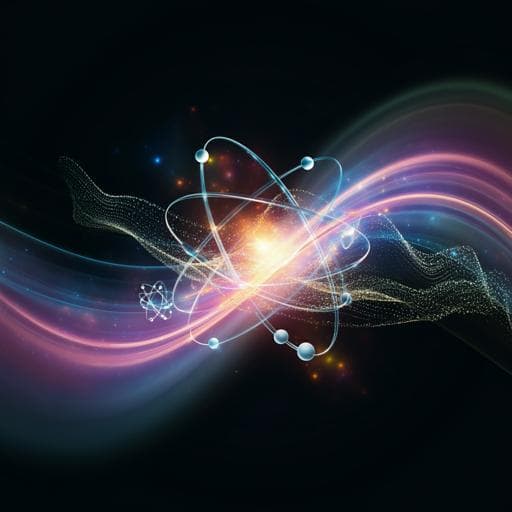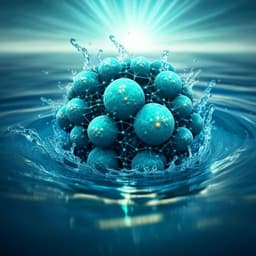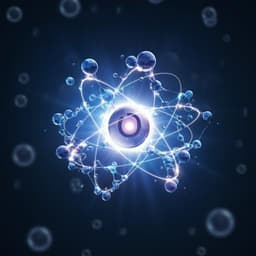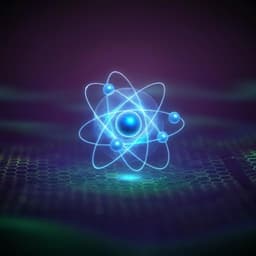
Chemistry
Atomically dispersed asymmetric cobalt electrocatalyst for efficient hydrogen peroxide production in neutral media
L. Liu, L. Kang, et al.
Discover the groundbreaking research by Longxiang Liu and colleagues, exploring the efficient electrochemical production of hydrogen peroxide using innovative M-N-C electrocatalysts. This study uncovers exceptional performance in neutral media, revealing the potential of asymmetric configurations for enhanced activity and selectivity.
~3 min • Beginner • English
Related Publications
Explore these studies to deepen your understanding of the subject.







